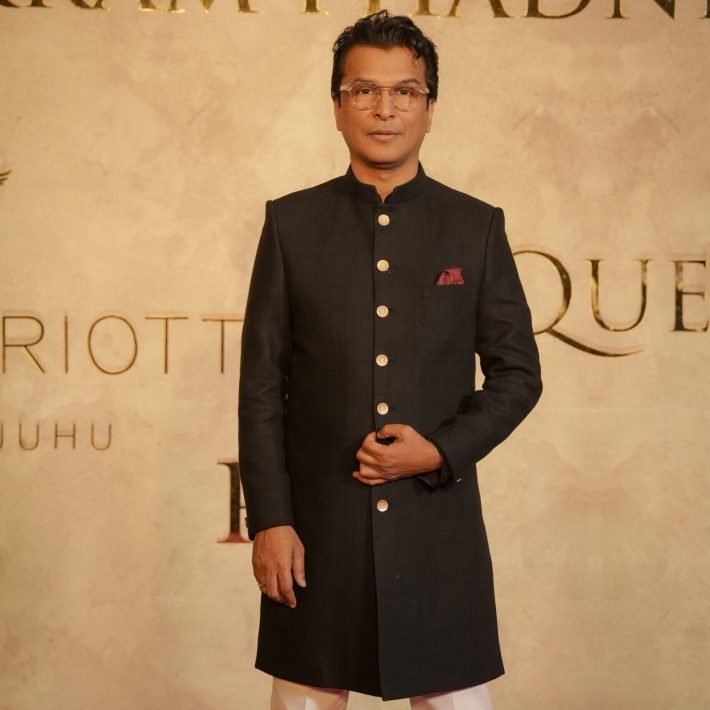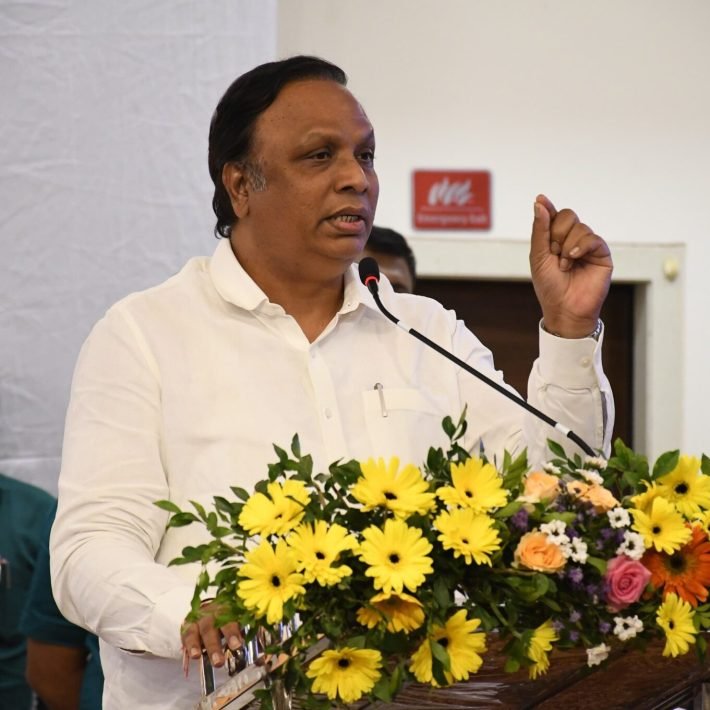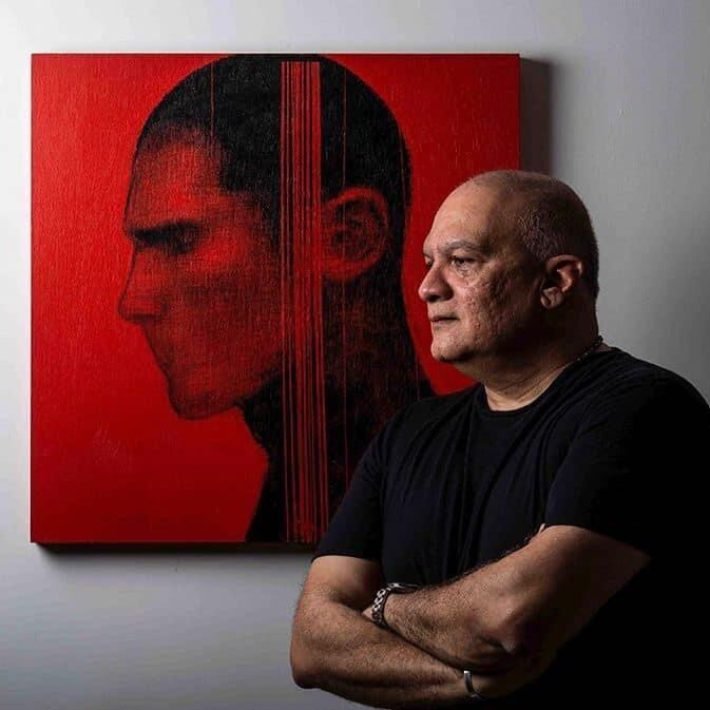Rajat Agrawal, COO, Ultra Media and Entertainment Group, discusses the grand restoration of Guru Dutt’s films for Cannes 2025 — a global tribute to one of Indian cinema’s most revered auteurs, with Nichola Marie.
Honouring A Visionary
“For us, this is not just a project — it’s a personal tribute,” says Rajat Agrawal. “Guru Dutt is one of the towering figures of Indian cinema, and we wanted to celebrate his artistry ahead of his 100th birth anniversary in a meaningful, global way.”
Ultra Media & Entertainment, under Agrawal’s leadership, has been quietly but diligently working for years to restore Guru Dutt’s films with the care and reverence they deserve. The result: A full digital revival of his landmark works — including ‘Pyaasa’ (1957), ‘Kaagaz Ke Phool’ (1959), ‘Sahib Bibi Aur Ghulam’ (1962), and more — now being showcased at Cannes 2025.

The project isn’t just technical, Agrawal emphasises. It’s emotional. “Guru Dutt’s cinema speaks to the soul. It transcends language and time. We wanted to do it thoroughly and respectfully, so that audiences around the world can rediscover him as he was meant to be seen.”
The Restoration: A Labour Of Love
The restoration process was neither short nor simple. Ultra’s team began by assessing existing film prints and negatives, some of which had suffered significant damage over the decades.
“Old reels can be incredibly fragile — brittle, faded, torn, or warped. In some cases, the audio was so degraded that we had to rebuild it almost from scratch,” Agrawal explains. Each frame of each film — sometimes over 150,000 per title — was digitally scanned at 2K or 4K resolution to capture every nuance of grain and light.
Using in-house technology and industry-standard software, technicians meticulously removed dust, scratches, flicker, and sound hiss. Colour correction was another significant step. “Restoring the colour tones of a black-and-white film like ‘Pyaasa’ is a subtle art. It’s not about adding colour, but ensuring that the shadows and contrasts reflect the director’s original intention.”
The team also restored the audio, often using advanced software to clean out distortions while preserving tonal depth. “We didn’t want a clean but soulless output,” says Agrawal. “It had to feel alive.”
Collaborations with film historians and archivists helped ensure fidelity to Guru Dutt’s vision. “Restoration can become overzealous. We wanted to avoid that. Our job was to preserve, not reinterpret.
Why Guru Dutt Still Matters
Guru Dutt’s reputation as a cinematic genius is built not only on technique but also on emotional resonance. His films navigated themes like artistic failure, societal hypocrisy, love, and loneliness with poetic sensitivity.
“He made deeply personal films that felt universal,” says Agrawal. “His characters weren’t heroes in the traditional sense — they were vulnerable, broken, searching. That humanity is what endures.”
Dutt’s visual style was ahead of his time. With the help of cinematographer VK Murthy, he pioneered expressive lighting, dynamic composition, and innovative camera angles that blended Indian aesthetics with European influences. “You can freeze almost any frame from ‘Kaagaz Ke Phool’ and hang it in a gallery,” Agrawal says.
But it wasn’t just about beauty — it was about atmosphere and emotion. “He had this rare ability to use visuals to convey longing, despair, and fleeting hope,” Agrawal adds. “That’s why even filmmakers today cite him as a master.”
Cannes 2025: A Global Stage
Ultra’s showcase of Guru Dutt’s films at Cannes is part of the festival’s heritage cinema section. But the response has already gone beyond archival interest. Curators, programmers, and streaming platforms from Europe, Latin America, and Asia have expressed interest in distributing the restored works.
“International audiences are responding not just to the aesthetics but to the storytelling,” Agrawal says. “The themes Guru Dutt explored — identity, creative struggle, societal expectations — are universal. People relate, whether they’re watching from Paris or São Paulo.”
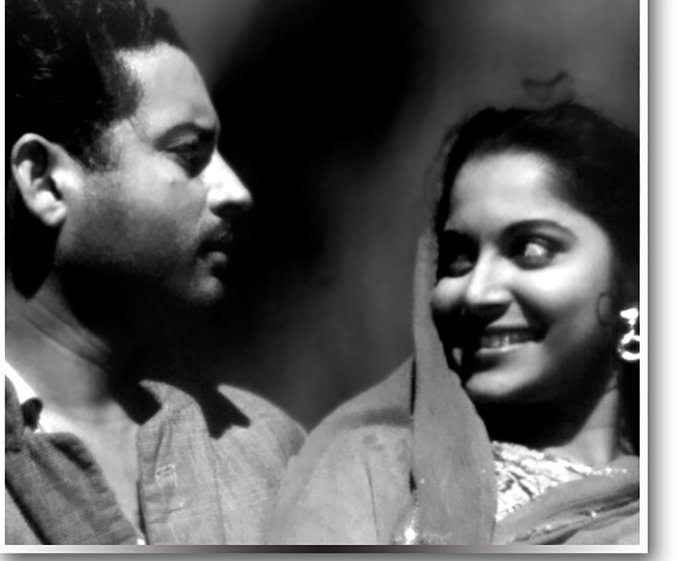
Subtitled, digitally remastered, and globally accessible, Guru Dutt’s films now have a second life. The timing couldn’t be better, as world cinema continues to celebrate retrospectives and restorations of classic auteurs.
Reconnecting India With Its Film Heritage
While international audiences are being introduced — or reintroduced — to Guru Dutt, Ultra Media has plans for an equally ambitious domestic rollout. July 2025 will see a month-long tribute to the filmmaker across India, including theatrical re-releases of his major works.
“This isn’t just for cinephiles,” Agrawal explains. “We’re working with universities, cultural institutions, and even streaming platforms to bring his films to young viewers who may never have seen them on a big screen.”
Alongside the films, curated exhibitions and panel discussions featuring directors, critics, and artists will explore Dutt’s legacy. “We want the next generation to understand not just the films, but the person behind them — the passion, the pain, the poetry,” says Agrawal.
In a digital age where content is fleeting and attention spans are short, this reintroduction of a classic auteur serves as a cultural anchor.
The Broader Case For Heritage Cinema
Agrawal sees Ultra’s work as part of a wider responsibility: Preserving India’s rich cinematic history. “There’s a growing global appetite for classic films — if we don’t restore and curate ours, we risk losing them forever.”
Film festivals like Cannes have become important allies in this mission, providing a platform for restored works and sparking renewed interest in non-Western film histories. For India, this moment presents both a challenge and an opportunity.
“We have such a deep archive — but most of it is deteriorating or unavailable. There’s an urgent need for public-private partnerships, funding, and awareness around film preservation,” Agrawal urges.
He believes the restored Guru Dutt collection could serve as a model for similar initiatives around directors like Ritwik Ghatak, Bimal Roy, or Mehboob Khan. “It’s about reclaiming our cinematic heritage — and making it available, in high quality, to the world.”
A Legacy That Lives On
Ask Agrawal what aspect of Guru Dutt’s work he personally finds most inspiring, and he doesn’t hesitate. “It’s his honesty. There’s no pretension in his films. Even when they deal with artifice — as in ‘Kaagaz Ke Phool’ — they’re rooted in real emotion.”
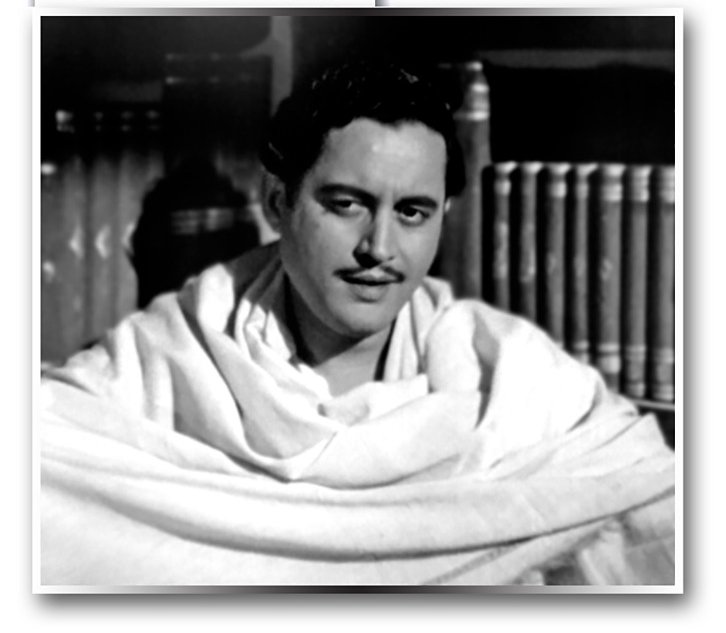
Through A Modern Lens
Today’s audiences are discovering and appreciating new interpretations and themes in the auteur’s films. “Guru Dutt’s films continue to captivate modern audiences with their timeless themes and complex characters,” points out Agrawal. “His films often touched on themes of depression, alienation, and existential crises, which are highly relatable in today’s context. Films like ‘Pyaasa’ and ‘Kaagaz Ke Phool’ showcase protagonists struggling with inner turmoil, resonating with contemporary audiences, who are more aware of mental health issues. Guru Dutt’s works often critiqued the societal norms of his time, and these themes remain relevant even today.”
Agrawal believes that Guru Dutt’s films questioned the status quo, challenging viewers to think critically about the world around them. Additionally, his films explored universal human emotions like love, loss, and longing, making them relatable across generations. His characters in the films showed struggle and triumph, hence continuing to evoke empathy and understanding in modern audiences.
“Guru Dutt’s films were influenced by Western modernist styles, particularly German Expressionism. This blend of Eastern and Western storytelling techniques adds a unique layer of complexity to his films, making them appealing to modern viewers who appreciate diverse cinematic styles. His films often highlighted class differences and the struggles of the marginalised. These themes remain pertinent today, and modern audiences can appreciate the social commentary in his works,” he adds.
In many ways, this restoration isn’t about nostalgia — it’s about renewal. It’s about making sure Guru Dutt isn’t just remembered, but seen, heard, and felt all over again.



